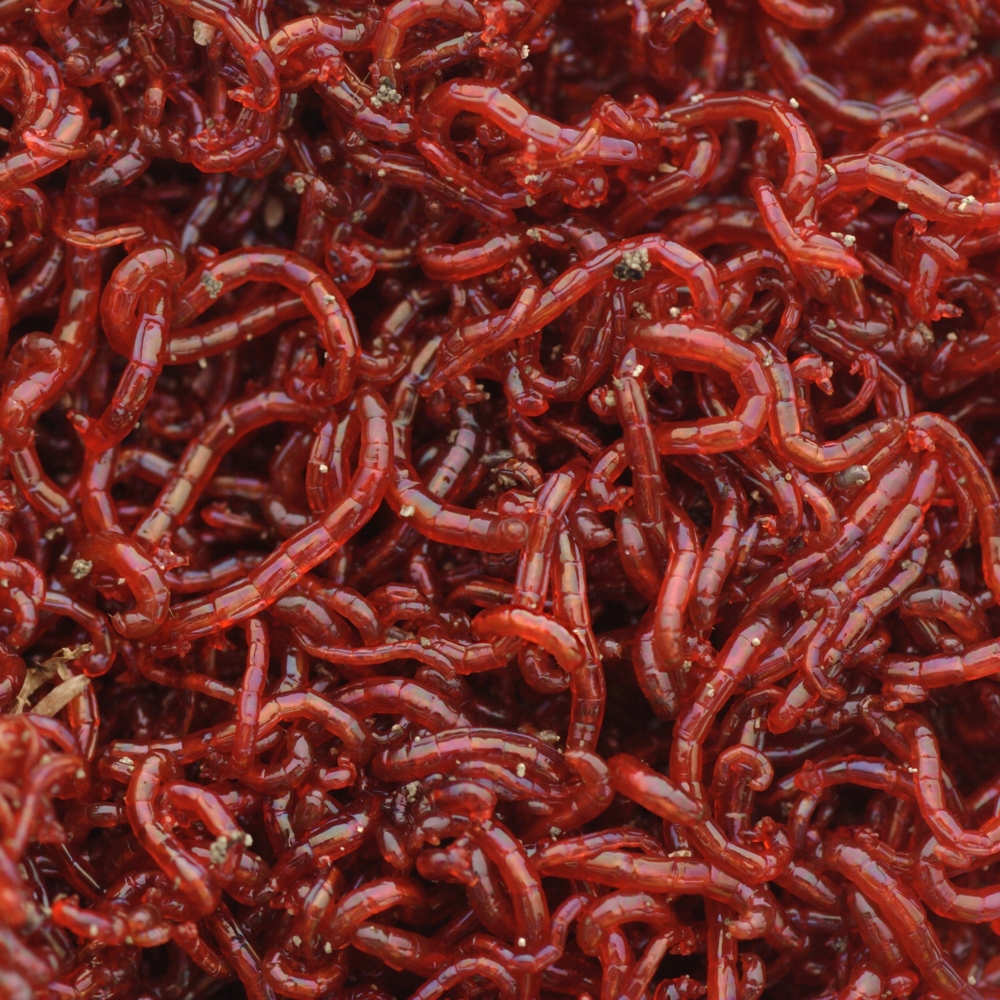Fast-composting red wigglers: Enhance soil naturally
Everything You Required to Know Regarding Red Wigglers for Composting
Red wigglers, or Eisenia fetida, play a crucial duty in the world of composting, transforming organic waste right into useful dirt changes. The process of setting up a worm container and preserving it can posture challenges.
What Are Red Wigglers?

(NC Worm Farms)
Belonging To North America, red wigglers are surface-dwelling microorganisms that prefer wet, cozy habitats rich in disintegrating raw material. Their diet plan is composed largely of decomposing plant material, food scraps, and various other organic particles, which they take in and break down efficiently. As they digest this material, they create nutrient-rich castings that boost soil fertility.
Red wigglers are hermaphroditic, having both male and women reproductive organs, and can reproduce promptly under ideal problems. This capability makes them a suitable selection for composting systems, as their population can increase quickly. Their resilience and flexibility to numerous settings even more strengthen their significance in lasting waste management techniques. Overall, red wigglers are crucial factors to the procedure of recycling natural waste right into important garden compost.
Advantages of Making Use Of Red Wigglers
Using red wigglers in composting systems supplies numerous advantages that improve both the performance of waste management and the high quality of the resulting compost. These worms, medically called Eisenia fetida, are especially efficient at damaging down raw material, turning kitchen scraps and backyard waste right into nutrient-rich compost at an accelerated rate.
One of the main benefits of using red wigglers is their capacity to eat large quantities of organic material, typically refining their weight in food waste daily. This high usage rate causes quicker disintegration and lowers the quantity of waste sent out to landfills. The castings generated by red wigglers are abundant in vital nutrients, helpful microorganisms, and enzymes, making them an exceptional fertilizer for gardens and plants.
Additionally, red wigglers thrive in a selection of atmospheres, making them versatile for both interior and outside composting systems - red wigglers. Their presence in a garden compost bin helps to aerate the material, protecting against smells and promoting a healthy and balanced composting process. Overall, employing red wigglers not only adds to effective waste monitoring yet likewise supports lasting gardening practices through the manufacturing of premium garden compost
(Lake Hickory Bait)
Establishing Up Your Worm Container
To successfully establish up a worm bin, it is important to choose a proper container that satisfies the needs of red wigglers while supplying a favorable environment for composting. A suitable container can be made from plastic, wood, or steel, with a capability of at the very least 1 square foot for every single extra pound of worms.
Make sure the container has ample drainage openings to prevent excess wetness, as red wigglers grow in a moist, however not water logged, setting. red wigglers. The container needs to also be ventilated to offer sufficient airflow, protecting against anaerobic conditions that could hurt the worms
A perfect area for the worm container is an awesome, dark area, free from direct sunshine and severe temperatures, as red wigglers prefer a temperature level series of 55 to 77 degrees Fahrenheit.
Before presenting the worms, prepare bed linen materials such as shredded newspaper, cardboard, or coconut coir, which will provide both environment and food. Moisten the bed linens lightly to develop an inviting atmosphere for the worms. Lastly, consider placing a lid on the bin to maintain moisture and lower bugs, while guaranteeing it can be quickly eliminated for upkeep.
Feeding and Treatment Standards
Feeding red wigglers is an important facet of keeping a healthy composting system. These worms flourish on a varied diet plan, mostly made up of organic materials such as vegetables and fruit scraps, coffee premises, and this content crushed eggshells. It is necessary to prevent feeding them meat, dairy, and oily foods, as these can produce undesirable odors and draw in bugs.
When introducing food to your worm container, chop or shred materials into smaller items to help with quicker decomposition. Start with percentages to determine the worms' consumption rate, slowly raising the amount as they adapt. It is a good idea to alternative feeding places within the container to motivate comprehensive mixing and aeration of the compost.

Troubleshooting Common Issues
Preserving a prospering worm composting system can in some cases present challenges that need focus and troubleshooting. Usual concerns consist of an unpleasant odor, which typically indicates overfeeding or the visibility of anaerobic problems. To treat this, decrease the quantity of food added and guarantee appropriate aeration by mixing the bed linen material.
One more frequent issue is the getaway of worms from the bin. This can happen due to extreme dampness or unsuitable environmental problems. Regularly inspect the moisture degrees, going for a moist yet not soggy consistency, and maintain optimal temperatures between 60-80 ° F(15-27 ° C )to create a comfy habitat for your red wigglers.
Bugs, such as fruit flies, can also attack worm containers. red wigglers. To battle this, cover food scraps with a layer of bed linens or shredded paper to prevent flies from laying eggs. Additionally, guarantee that any kind of food included is fresh and devoid of mold, which can bring in unwanted bugs
Last but not least, if your worms seem non-active, look for anxiety variables such as temperature level changes or insufficient wetness. Attending to these usual concerns will assist maintain a healthy and efficient worm composting system.
Final Thought
In summary, red wigglers, or Eisenia fetida, play an essential duty in lasting waste management through vermicomposting. Their capability to effectively convert natural waste right into nutrient-dense spreadings improves soil health and wellness and advertises plant development. Proper setup and upkeep of a worm container, together with adherence to feeding standards, ensure a growing community that decreases landfill contributions. Dealing with usual problems without delay better sustains the efficiency of this eco-friendly practice, adding to ecological sustainability and agricultural productivity.